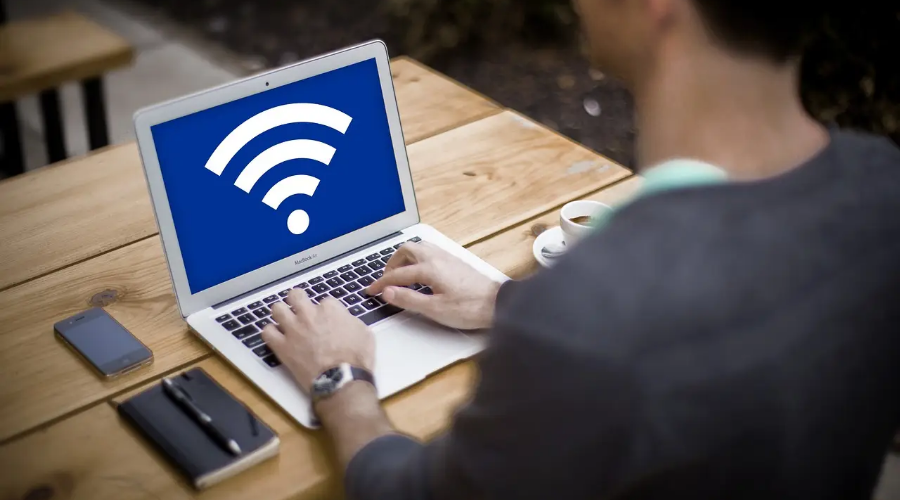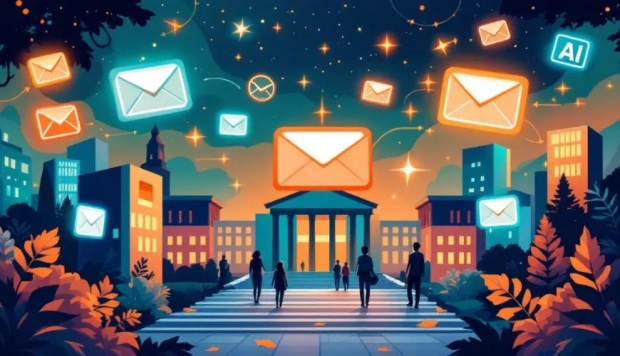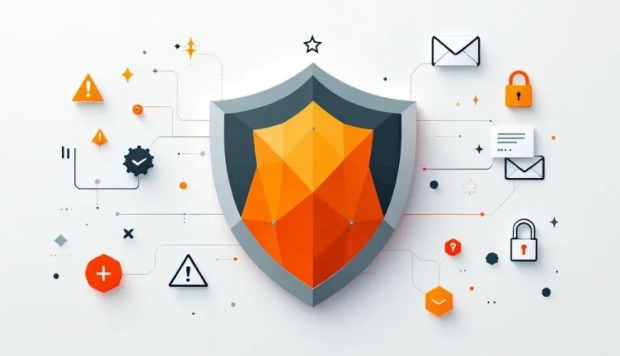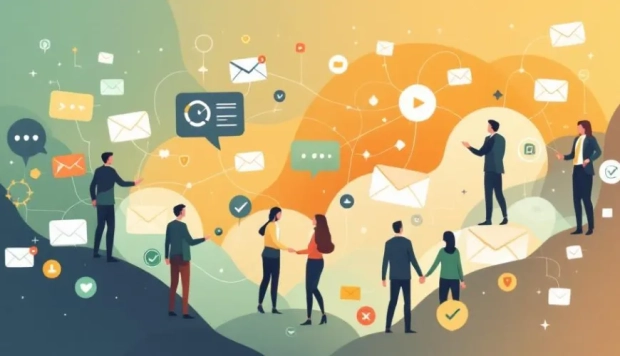The Best Practices for Managing Emails on Public Wi-Fi

You're in a coffee shop, sipping your overpriced latte and casually opening your inbox. The Wi-Fi? Free, convenient, and fast. But here's the thing—so is the access for cybercriminals lurking on the network. Public Wi-Fi might be a lifesaver when you need to check your emails on the go, but it's also a playground for hackers. If you're not careful, your sensitive information could be up for grabs faster than you can hit "Send." So, what do you do? You get smart. Here's how.
1. Always Use a Secure Connection (No, HTTP Doesn't Cut It)
Your email provider most likely offers secure access, but are you using it? HTTPS, not HTTP. SSL, not an open connection. If your email service doesn't support encrypted connections, it's like sending postcards instead of sealed letters—anyone can read them. To further protect your online privacy, consider using a vpn download free option to encrypt all your internet traffic. Most major email providers—Gmail, Outlook, Yahoo—encrypt data in transit. But make sure. Look for the padlock in your browser. If it's missing? Red flag. Avoid logging in. Move on.
2. Virtual Private Network (VPN): Your Digital Cloak of Invisibility
You wouldn't discuss confidential work matters in a crowded subway, right? Then why do it over a public Wi-Fi network without protection? A VPN app encrypts your internet traffic, making it unreadable to anyone snooping around. Hackers? With a good no log VPN, VeePN is the first one that comes to mind, hackers will see gibberish instead of your login credentials. According to a 2022 survey by Security.org, 57% of Americans use public Wi-Fi weekly, but only 26% use a VPN while doing so. The rest? Walking security risks. Be in the smart minority. Use a reputable VPN. And if you're looking to save money on a VPN without compromising on quality, there are reliable deals available that make staying secure even more affordable.
3. Two-Factor Authentication: The Extra Lock That Saves You
Let's say someone does get your password. Game over? Not if you have two-factor authentication (2FA) enabled. This security feature requires an additional verification step—usually a one-time code sent to your phone. So, even if a hacker steals your login details, they'd still need your physical device to break in. A Google study found that 2FA blocks 100% of automated bot attacks and 96% of phishing attempts. That's a level of security you don't want to ignore.
4. Forget the Network After Use
Once you're done checking your email, disconnect. But don't just hit "Disconnect” and move on. Forget the network entirely. This prevents your device from automatically reconnecting to the same Wi-Fi later—because, let's face it, hackers love to set up rogue Wi-Fi hotspots with similar names to trick unsuspecting users. You might think, "I'll remember next time.” No, you won't. So just forget it now.
5. Disable Auto-Sync and Background Email Checking
Your phone or laptop might be checking emails in the background, syncing every few minutes, all without you knowing. Bad idea on public Wi-Fi. If you must check your inbox, do it manually. Disable automatic syncing while on an untrusted network. The less data being transmitted, the better.
6. Don't Open Suspicious Emails (And Definitely Don't Click Links)
Public Wi-Fi makes you an easy target for phishing attempts. If you receive an email that seems even slightly off—strange sender, urgent request, odd links—do not engage. Hover over links to see where they lead. Spoiler: It's probably not where you think. Phishing attacks account for 90% of data breaches, according to a 2025 Verizon report. That's an overwhelming majority. Be skeptical. Be cautious.
7. Use Encrypted Email Services
If email security is a major concern for you (and it should be), consider using an end-to-end encrypted email service like ProtonMail or Tutanota. These services ensure that only the intended recipient can read your messages. Even if intercepted, the data remains unreadable to hackers.
8. Public Computers? Just No.
Cafés, airports, libraries—they all have shared computers available. Tempting? Maybe. Secure? Absolutely not. Keystroke loggers could be installed, tracking everything you type. Passwords. Email content. Everything. Just. Don't.
9. Enable Email Activity Monitoring
Many email providers allow you to monitor recent activity. This feature lets you see when and where your account has been accessed. If something looks suspicious—a login from a country you've never visited—it's time to change your password immediately and secure your account. Gmail, for example, provides a "Last account activity" section where users can see access logs. Check it regularly.
10. Use Strong, Unique Passwords for Your Email
Reusing passwords? A disaster waiting to happen. A strong email password should be long, complex, and unique. Consider using a password manager to generate and store them securely. According to the National Institute of Standards and Technology (NIST), 81% of hacking-related breaches are due to weak or reused passwords. Don't be part of that statistic.
Final Thoughts: Stay Cautious, Stay Secure
Public Wi-Fi is a convenience, not a safe zone. If you must check your email on an open network, treat it like a risky neighborhood—stay aware, don't linger, and lock everything down. Use a VPN, enable 2FA, forget the network when done, and always be skeptical of emails that ask for personal details. A little paranoia is a small price to pay for keeping your emails—and identity—safe. Because in the world of cybersecurity, it's better to be cautious than compromised.



